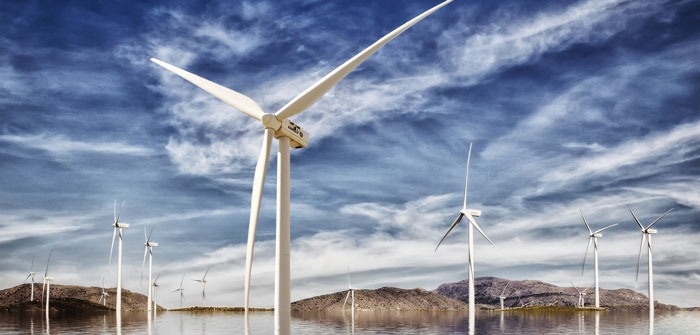A new study has revealed the optimum places to site wind and solar farms in the USA.
Researchers from the Center for Climate, Health, and the Global Environment at Harvard University’s TH Chan School of Public Health developed a model based on the US electrical grid, which is divided into 10 regions.
They calculated the benefits of carbon dioxide reduction for each region and energy type by examining the social cost of carbon locally. The social cost is a dollar value attributed to the negative consequences of climate change due to the impacts of extreme weather events, sea level rises and climate-related diseases and health problems.
The study found that to achieve the biggest improvements in public health and the greatest potential from renewable energy, wind farms should be located in the northern parts of the Midwest and solar power should be located in the Great Lakes and Mid-Atlantic regions.
According to the study, the Upper Midwest could produce up to US$113 per MWh of wind while the Great Lakes and Mid-Atlantic have the potential for utility-scale solar power.
The study published in Environmental Research Letters also found that in many cases the health and climate benefits of installing renewables far outweigh the financial costs.
It also found that for populations in the Upper Midwest the benefits are about four times higher than in California, a reflection of the current negative impact that ‘dirty energy’ like coal is having on public health in these regions.
“To ensure that climate policies are cost-effective, the location where renewables are built is much more important than the specific technology,” said study author Drew Michanowicz.



